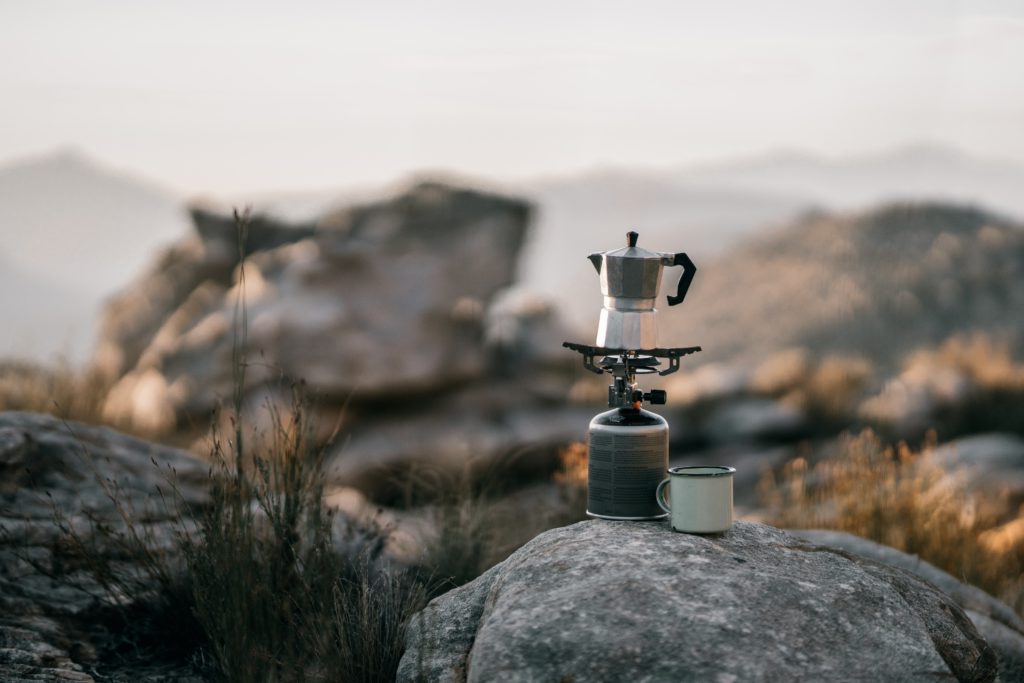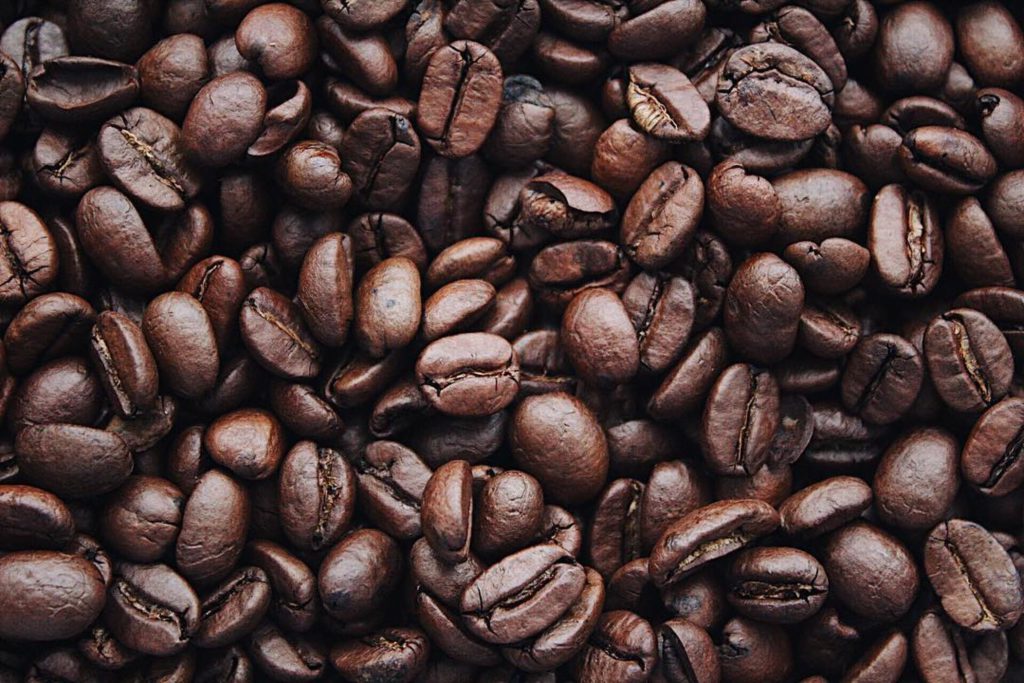While single origin is the current trend taking over the coffee world, thanks to passionate roasters and the opportunity to vary flavors, blends may well be the new benchmark of coffee perfection. Coffee blends blend together different coffee beans from different origins, staying on hand throughout. Coffee concoctions, however, are composed of multiple types of blended and more neutral coffee beans, which are paired well with dairy products or dairy alternatives.
Because coffee blends are made up of more than one kind of coffee bean, flavor notes are much harder to distinguish. Whereas, a coffee blend that is smoother because of its complex combination of beans can be harder to tell apart. In a blend, the off-note flavors, acids, and aromas are usually muted, being combined with a coffee that is smoother, rounder.
Great blends can be profound and complex, but badly-paired coffees will often result in an overly simplistic taste. It is true that coffees that are excellent in their own ways can bring their own characteristics into the mix, creating harmonious flavor profiles.
Blending is a major skill for the coffee roaster, and mixing a variety of single-origin coffees can demonstrate a roasters appreciation for the coffee, along with an excellent grasp for the flavour profiles. Understanding and pairing coffees from origins at varying ratios can make for some nicely balanced blends (and, in certain cases, can also turn things ugly when done poorly).
Most roasters buy coffees from several different origins, and then blend and roast them together, helping to create more cohesive flavors and flavor profiles. Single-origin coffee has the boldest, strongest flavor, whereas a blended specialty coffee is balanced, with the combination of various beans complementing each other. This is why most coffee shops choose to use coffee blends for espresso, as the blend coffees that combine a particular coffee ratio of various origins will check all of the boxes to produce a more balanced, well-rounded shot of espresso.
While you do not directly need to worry about having only a particular, single-origin coffee available year-round, coffee blends have a problem with maintaining this consistency throughout the year, with no flavor loss, particularly from single-origin. While many blends are available all year long at coffee roasters, single-origin coffees are usually available seasonally, and micro-lots can be only available for a brief time (as little as just a few weeks).

Other coffee roasters will say you should maximize each single-origins flavors because they need different roast times, so blends are a better choice once they are roasted. Some will say blending and mixing the coffee beans prior to roasting will produce unique flavors which cannot be created when individually mixing beans after roasting. Some roasters mix the coffees together before roasting, others roast them individually and mix after, but in any case, the result is a new coffee that has characteristics from all its components.
Coffee blends are composed of two or more types of coffee beans from different origins, roasting together in order to achieve a more balanced, cohesive flavor. A blend, as its name suggests, is a blend of coffee beans that are sourced from different places and processed together. A single origin is basically what it sounds like: It means that beans are sourced from a single place, typically from one region or country, or specific farms, while a coffee blend blends together coffee beans from multiple origins, since this would provide consumers with the best of a number of different beans, making for more complex coffee.
In the most basic sense of the term, blended coffees blend beans from various regions and countries in order to create unique or customized combinations of flavors, acids, and bodies, whereas Single Origins are sourced from one single farm or co-op.
Since a single-origin coffee beans usually only come from one area or one farm, the espresso shots that are made with a single-origin will be lower in depth and character, which is why we rely on Jons combination of perfectly-roasted, blended beans to deliver our espressos. While buying single origin coffee is normally harder, they are not automatically better than all blended.
If you typically drink coffee on the go, add lots of milk and sugar, and value consistency in flavor, then you should probably opt for a blend. If you are looking for a smooth, balanced cup of coffee that goes well with milk and sugar, a coffee blend might fit better. If you are a brewer who is just starting out, and want a approachable coffee that does not provide a lot of surprises, so that you can fine-tune your craft, then opt for a blend.
If you are looking to find one all-around coffee that is reliably consistent and you can enjoy it over months, then a robusto blend is going to do. If you want your coffee to be your trusty, long-lasting, never-changing, and never-running-out-of-stock old standby, a blend is the way to go.
One kind of coffee is no better than the other, and no blend is ever better than the other. In the specialty coffee business, blends are much more about creating complementary flavor profiles. Also, a blend is generally a bit more approachable, with more mild flavors.
If you are curious about a brighter flavor profile of your coffee, like strawberries, jasmine, or cane sugar, single origins tend to offer more vivid flavors of your coffee than blends. Sometimes blends are made from coffees from all over the world.

